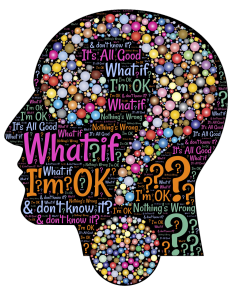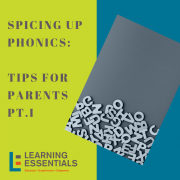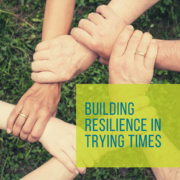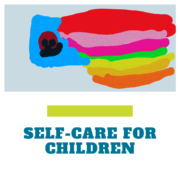Anxiety: Ways to Spot a Problem at Home
As a parent, you have certainly experienced your share of anxiety. Whether stemming from a feeling of nervousness, worry, uncertainty, or fear, that sense of anxiousness from a lack of control is familiar to everyone at some point.
Even if you do not suffer from clinically diagnosed anxiety, it is important to recognize potential signs of an anxiety disorder in your child. The important thing to remember is that, if your child is struggling with anxiety, there are ways to manage it once diagnosed. Research suggests that 80 percent of children with clinical signs of an anxiety disorder are not getting treatment. The key, then, is awareness and the ability to spot how anxiety manifests itself in your child’s behavior.
One thing is for sure—anxiety affects every child differently. Because anxiety is such a complex condition that is unique to each person, the symptoms vary greatly from child to child. Below are some of the more common indications that your child may be suffering from anxiety.
Avoidance
Again, everyone will experience anxiety from time to time, as it is a normal reaction to stress. However, an anxiety disorder begins to come into play when children start to exhibit avoidance behaviors. Because anxiety creates such a sense of helplessness, sufferers begin to avoid anxiety-inducing situations all together. For instance, if your child appears to be intentionally and regularly avoiding friends or activities, it may be in an effort to escape the anxiety that is produced in certain situations.
Inability to be comforted
Children with an anxiety disorder cope differently depending on each situation. One common thread is that, when anxiety strikes, the child is likely not easily comforted by a parent’s attention or coddling. This is obviously difficult for parents to understand, as your number one role is to comfort and soothe your child’s anguish. Just remember that anxiety can be an all-consuming emotional reaction to stress—one that is not eased simply with attention and hugs.
Abnormally withdrawn
Shyness is typical in children. However, a child with an anxiety disorder is not only shy, but noticeably intimidated, withdrawn, and reluctant to engage with others. A child with anxiety may also be resistant to making eye contact, especially during one-on-one conversations. Avoiding eye contact or reluctance to speak (selective mutism) are signs that social interactions produce debilitating anxiety for your child. Social anxiety disorder affects children specifically in social situations. This may occur when a child feels uncomfortable with direct attention, large group settings, or meeting new people.
While occasional anxiety is typical and varies from child to child, it is important to know the common signs of a possibly larger problem. Statistics indicate that 1 in every 8 children will suffer from an anxiety disorder. With such a staggering number of affected children, awareness is the first line of defense when diagnosing and treating anxiety. For parents, knowing the signs and symptoms of a larger issue will mean the difference between proactively managing the condition and suffering in silence.









